Breathing Skins
Have you ever seen a building that breathes through thousands of pores? That may now be a possibility thanks to Tobias Becker’s Breathing Skins Project. Based on the concept of biomimicry, the technology is inspired by organic skins that adjust their permeability to control the necessary flow of light, matter and temperature between the inside and the outside.
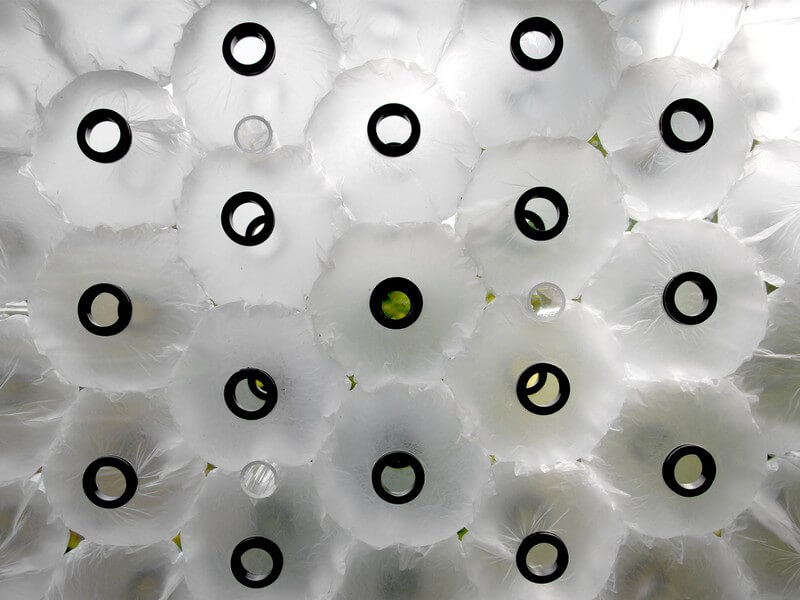 In addition to these performative benefits, the constantly changing appearance of these façades provides a rich interplay between the exterior natural environment and interior living spaces. The façades work by increasing or decreasing the size of the apertures that are scattered across the surface—much like the skin’s pores would open up or constrict.
In addition to these performative benefits, the constantly changing appearance of these façades provides a rich interplay between the exterior natural environment and interior living spaces. The façades work by increasing or decreasing the size of the apertures that are scattered across the surface—much like the skin’s pores would open up or constrict.
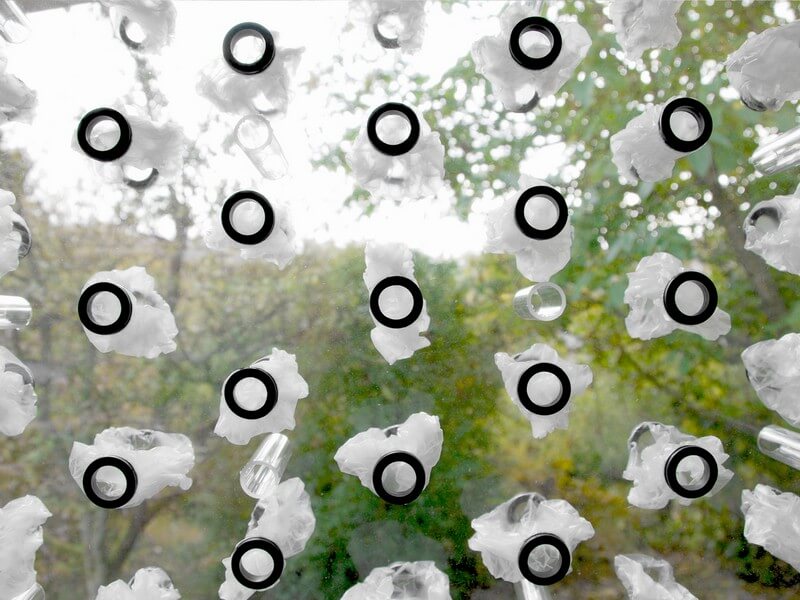 On every square meter of a breathing skin façade, there are 140 air channels which are described by Becker as “pneumatic muscles.” These circular apparatus essentially inflate, and this collective inflation or deflation is the controlling factor behind the façade’s permeability. As a form of responsive architecture, the ever-changing pneumatic muscles allow a specific amount of air, light, and visibility according to the users’ preference.
On every square meter of a breathing skin façade, there are 140 air channels which are described by Becker as “pneumatic muscles.” These circular apparatus essentially inflate, and this collective inflation or deflation is the controlling factor behind the façade’s permeability. As a form of responsive architecture, the ever-changing pneumatic muscles allow a specific amount of air, light, and visibility according to the users’ preference.
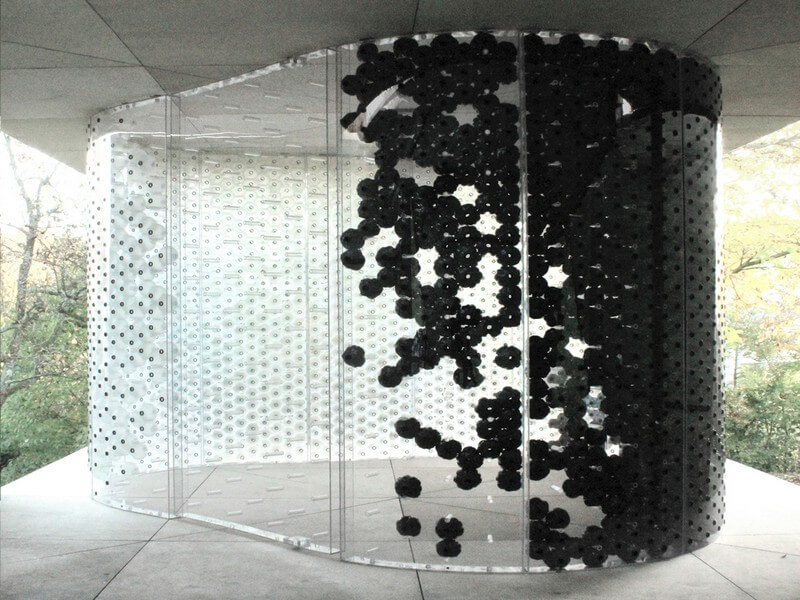
The technology mainly consists of two glass surfaces sandwiching the pneumatic muscles. In the area between the two glass panels, only a slight underpressure is required to opening each muscle. Becker thus claims that operating a breathing skin façade would require minimal energetic input. This sophisticated yet simple innovation allows the façade to be free of any visible technical components, providing a sleek and seamless finish.
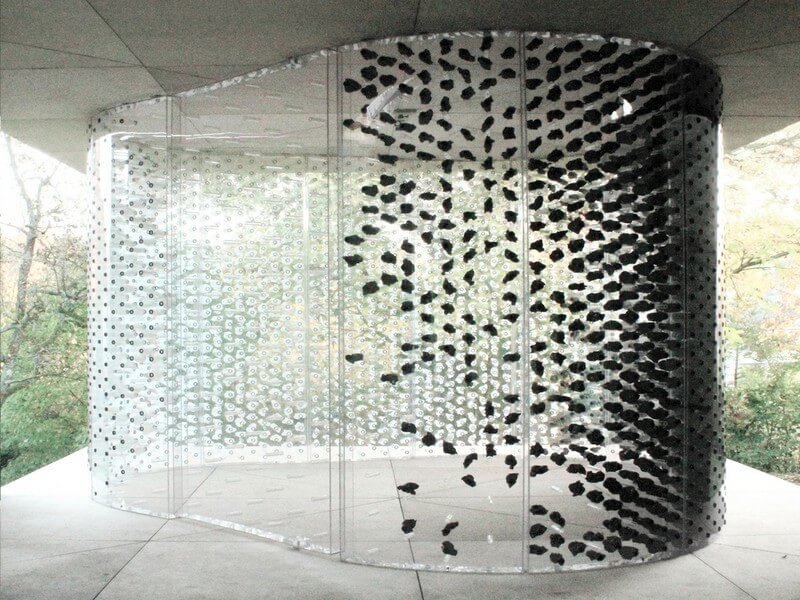 Breathing Skins began as Becker’s diploma thesis at the University of Stuttgart. Since then, the technology has been further developed with the support of academics and sponsorships from companies, institutions, and foundations. Becker’s project is now showcased in a fully dedicated showroom in Mandelbachtal, Germany, built in partnership with Simon Huffer.
Breathing Skins began as Becker’s diploma thesis at the University of Stuttgart. Since then, the technology has been further developed with the support of academics and sponsorships from companies, institutions, and foundations. Becker’s project is now showcased in a fully dedicated showroom in Mandelbachtal, Germany, built in partnership with Simon Huffer.
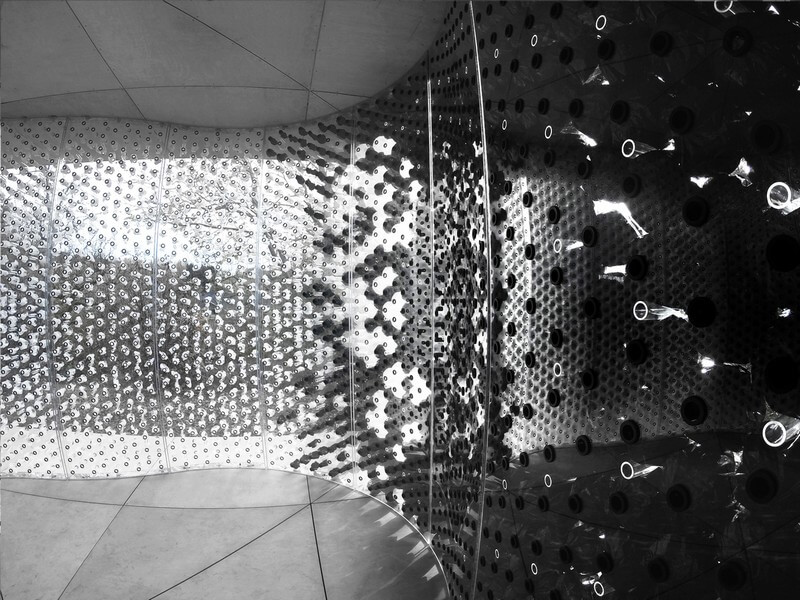
The showroom shows the possible effects of a Breathing Skins façade. The actual shape of the glass panels appear to be limitless, appearing as either flat or sinuous curved surfaces, while the coloration of the “pneumatic muscles” can be either translucent or opaque, showing the customizability of the product. The product’s beauty is imparted by its ever-changing appearance throughout the day.
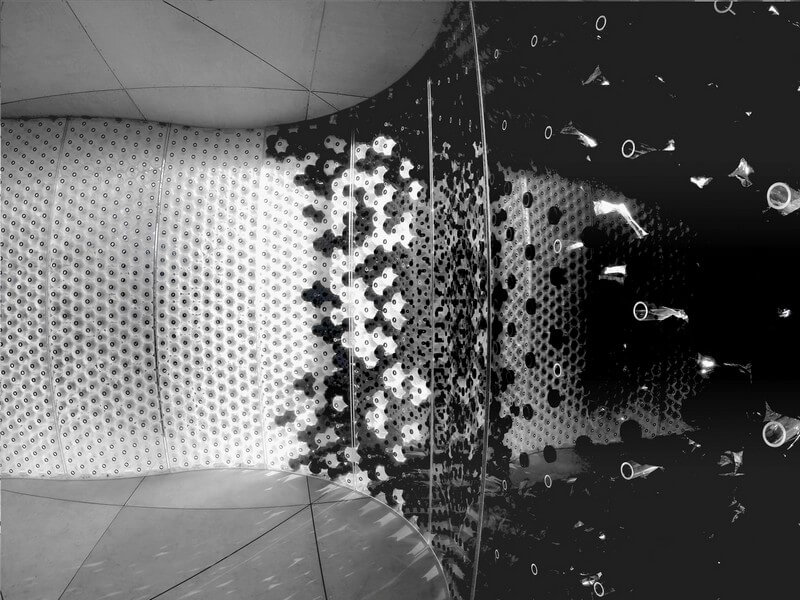 As parameters change, the façade takes on a sculptural spirit that makes it look like an art installation. Perhaps, down the road, further innovations could be made with with more colors to choose from, creating a whimsical stained-glass effect, or interactive projecting screens. The project has won numerous awards with the most recent one being a nomination for a Green Product Award, exhibiting its incredible potential as an option for building projects to come.
As parameters change, the façade takes on a sculptural spirit that makes it look like an art installation. Perhaps, down the road, further innovations could be made with with more colors to choose from, creating a whimsical stained-glass effect, or interactive projecting screens. The project has won numerous awards with the most recent one being a nomination for a Green Product Award, exhibiting its incredible potential as an option for building projects to come.
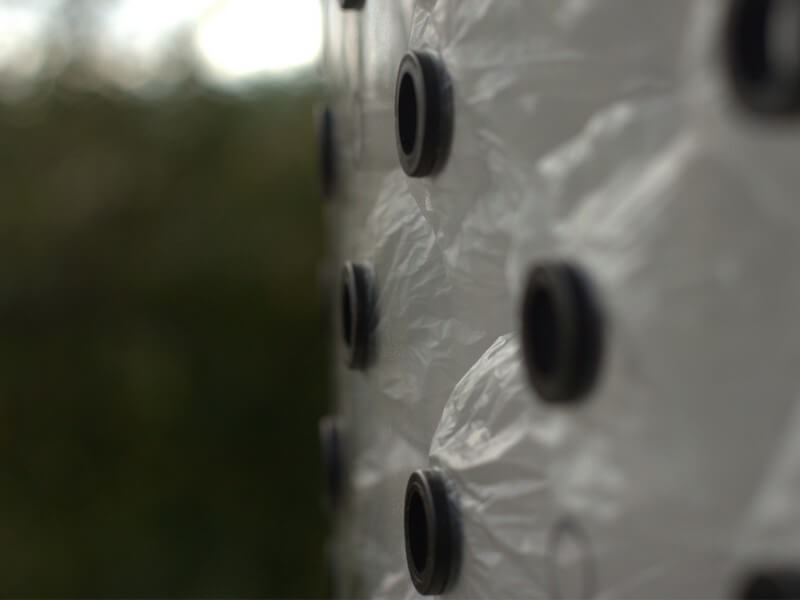




























Comments